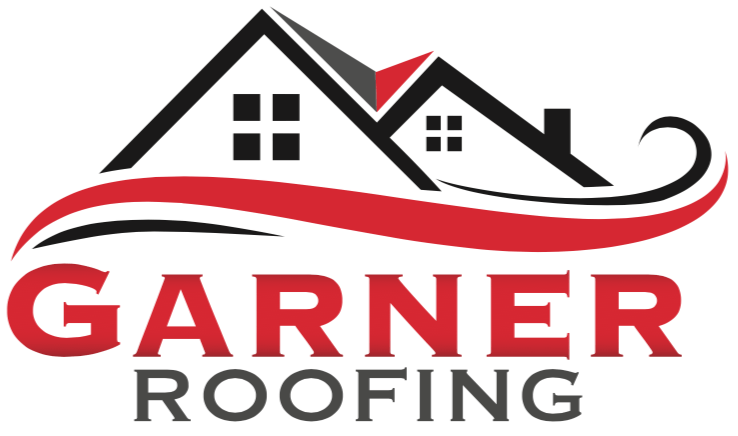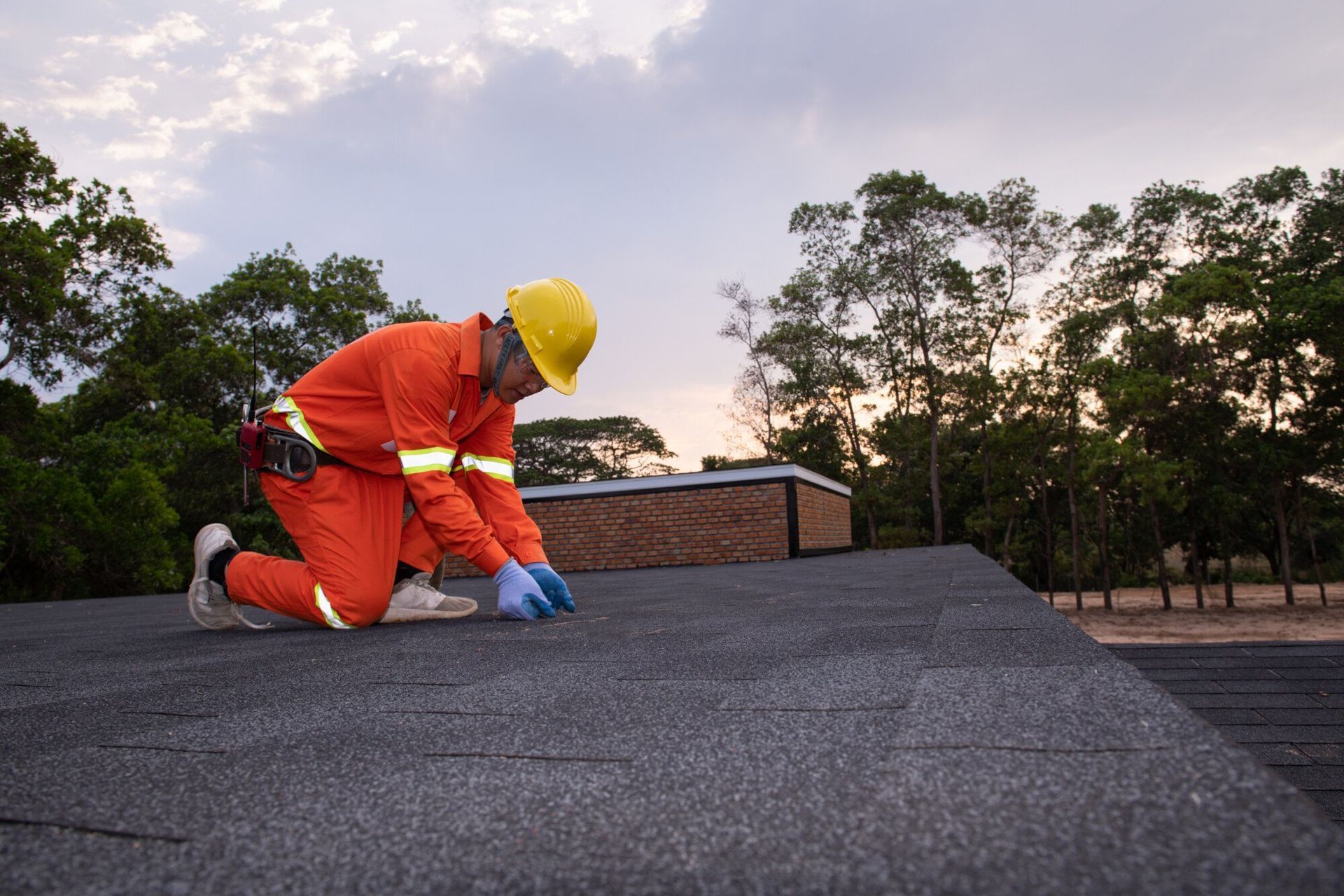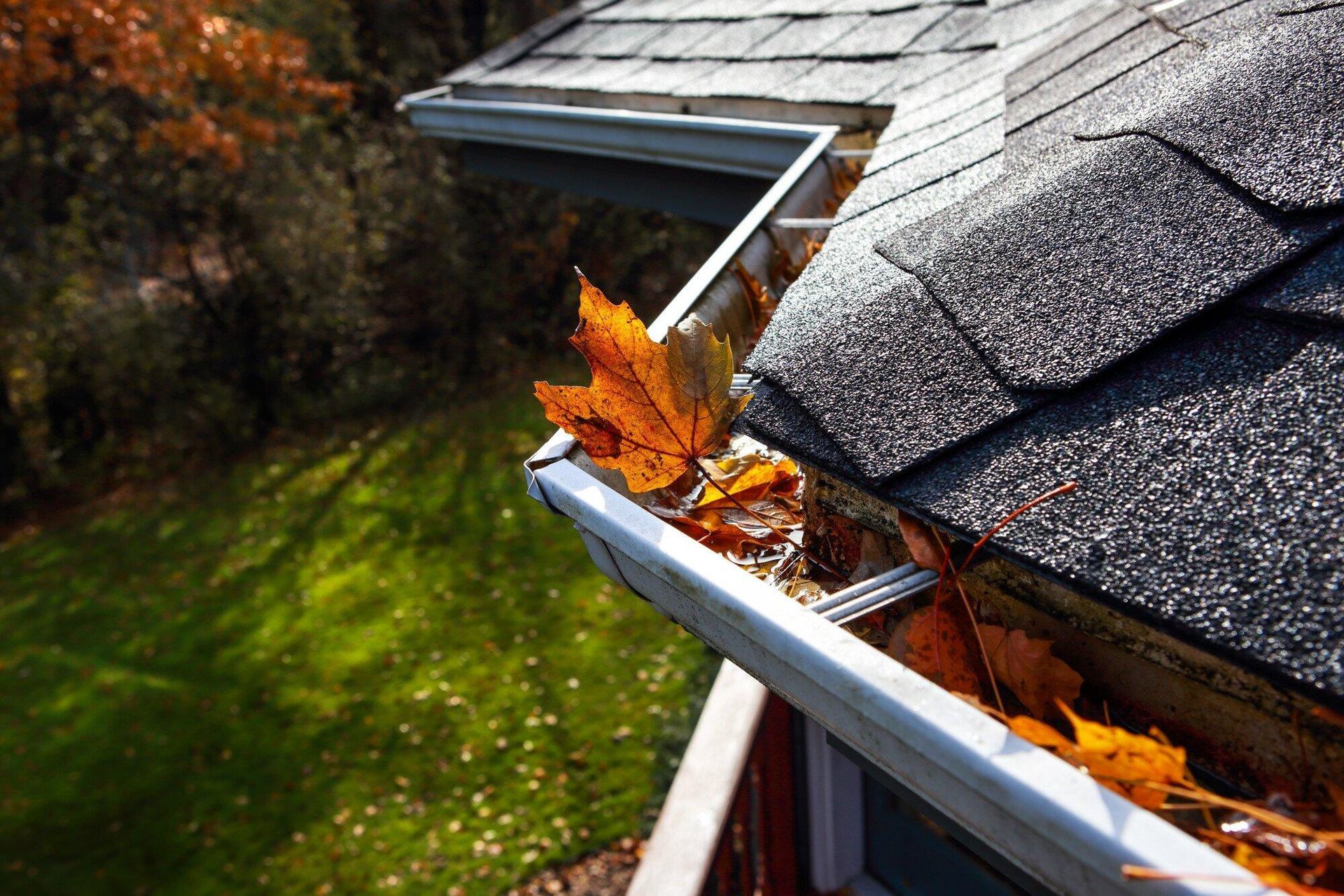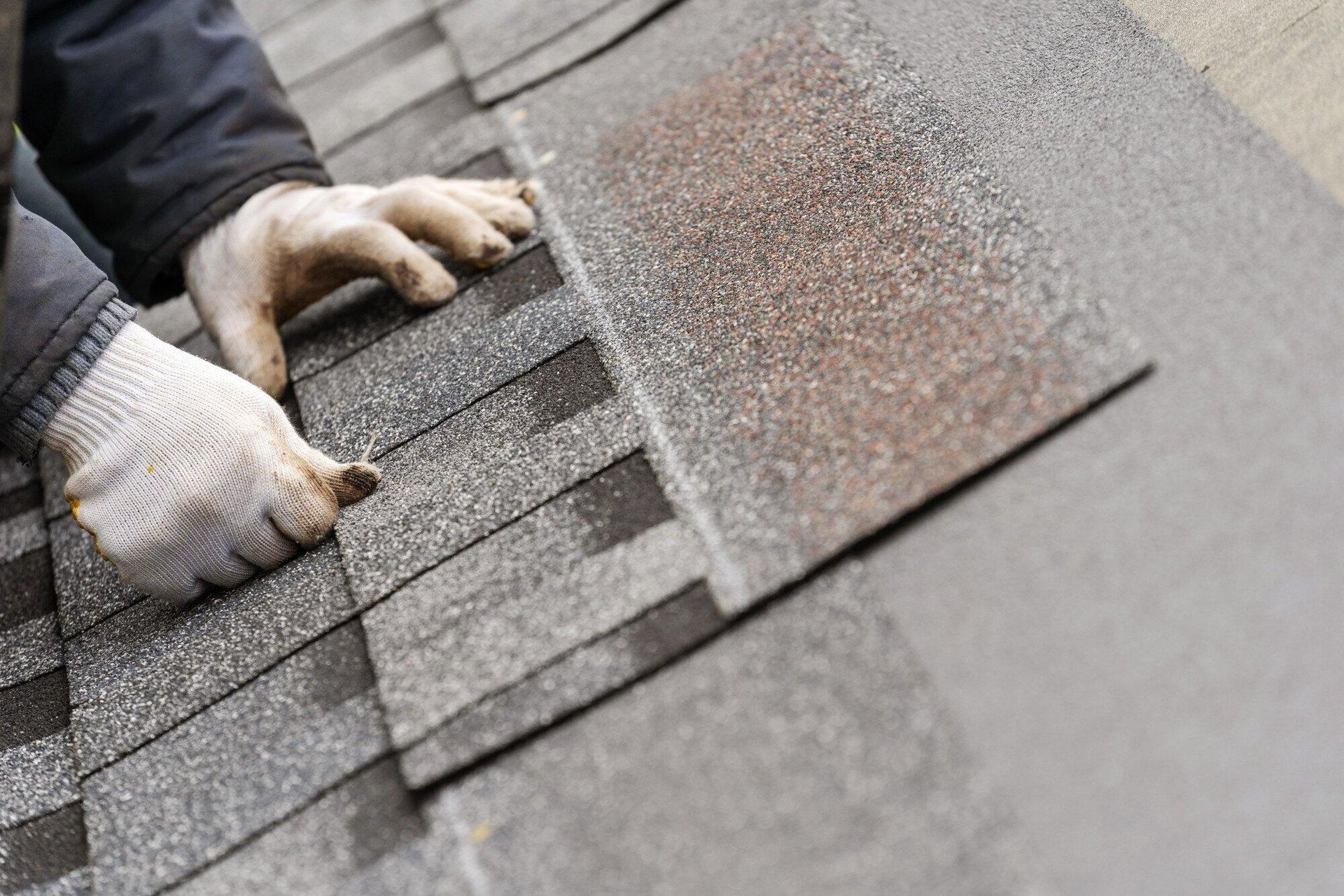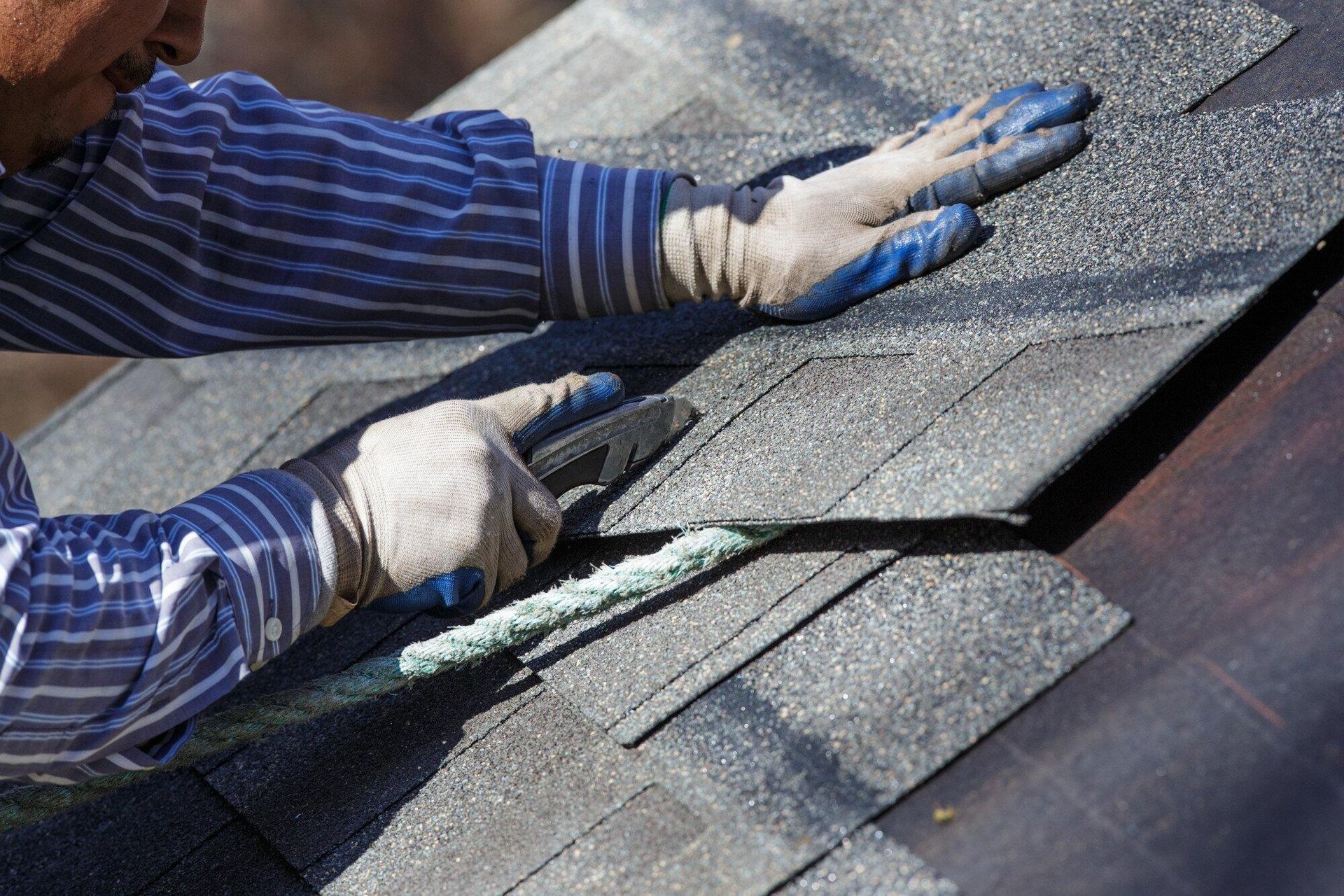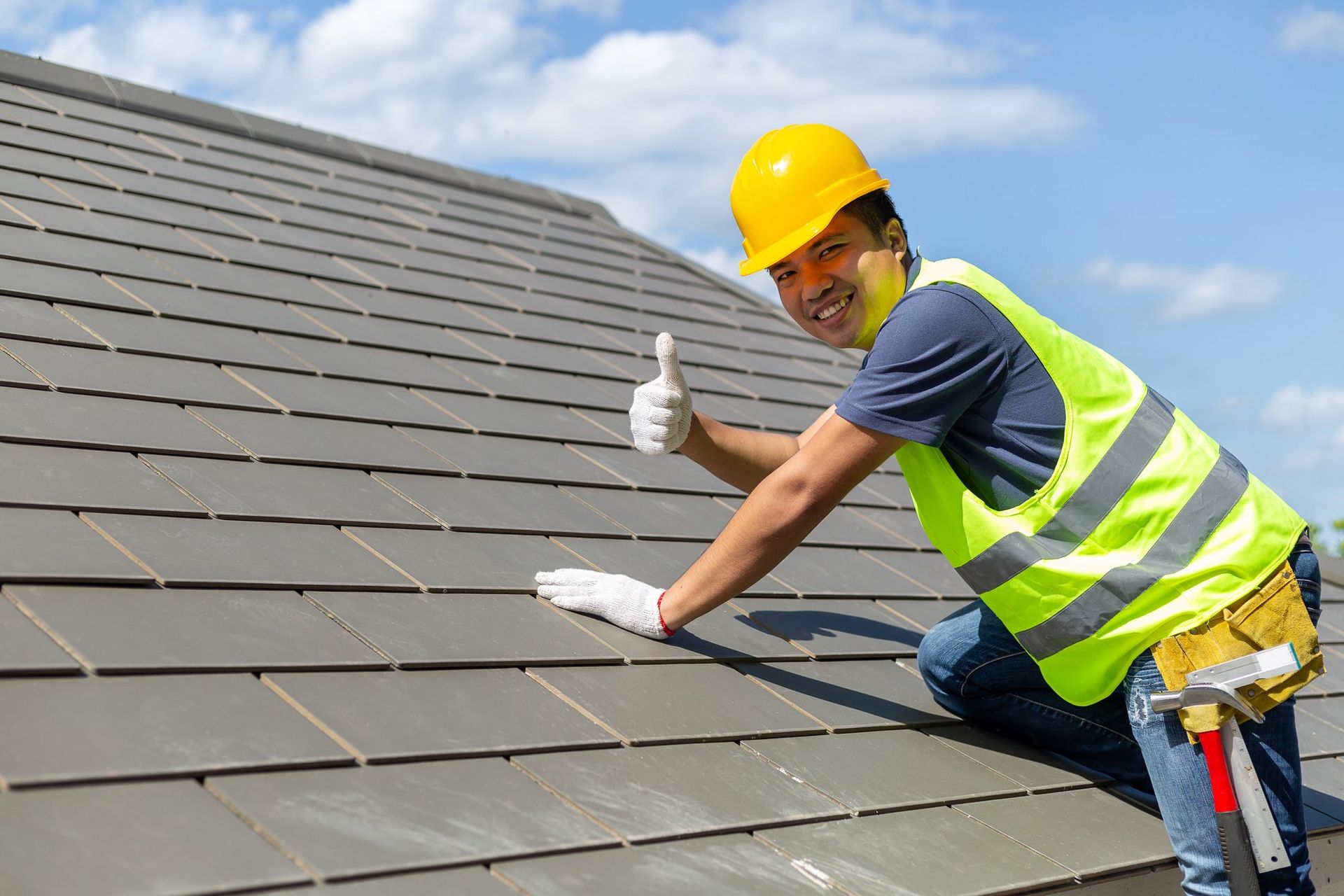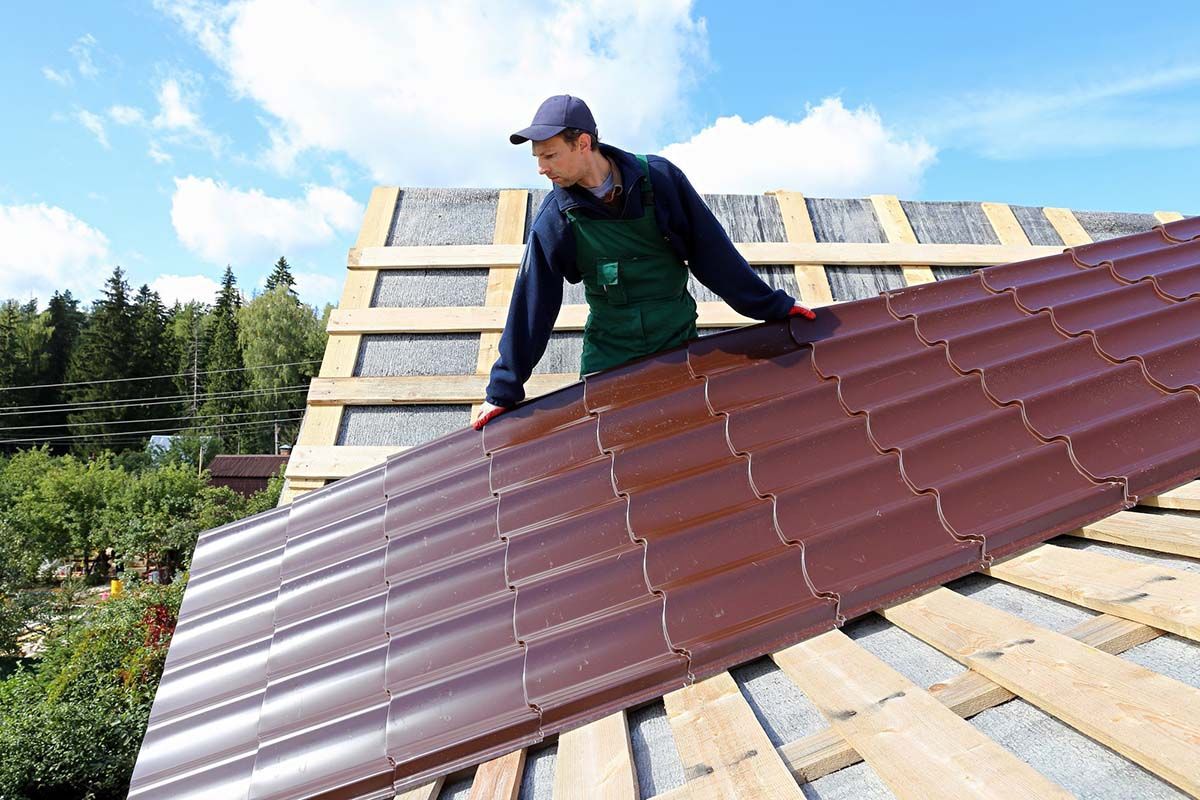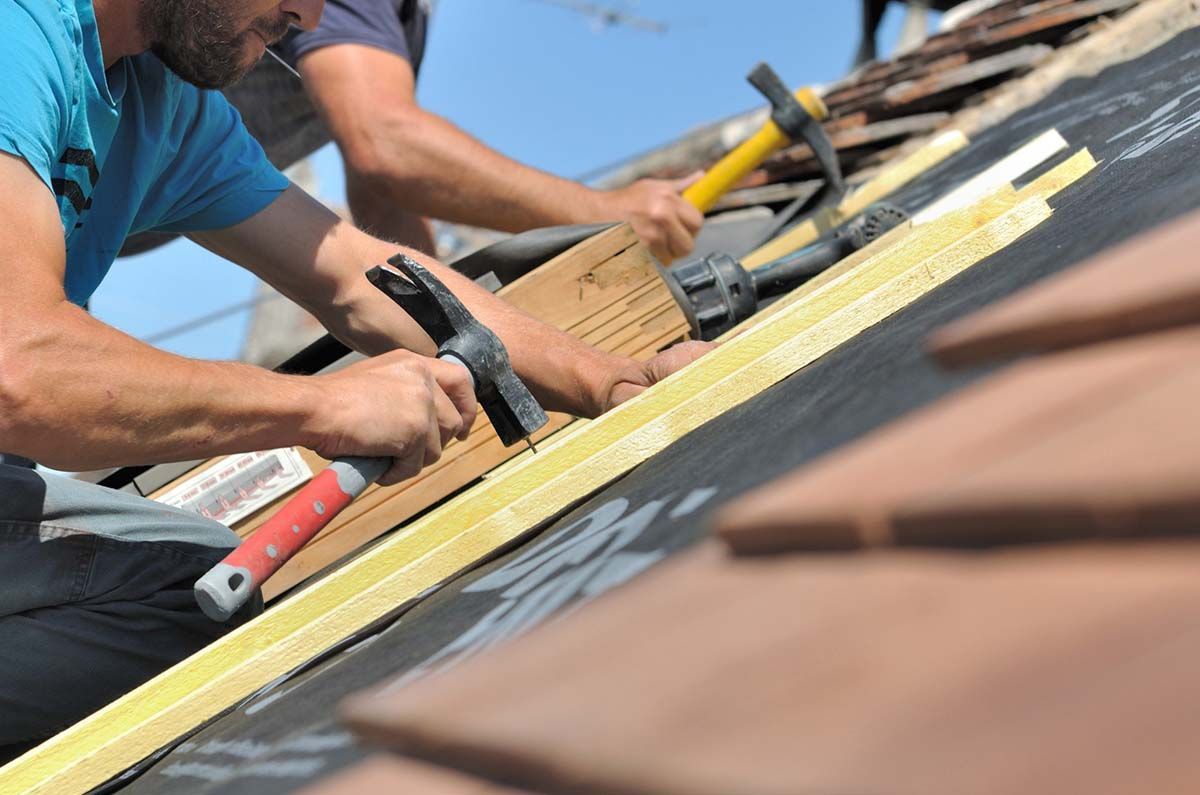Metal Roofing Sacramento CA: Inspecting, Buying, and Installing
Metal Roofing Sacramento CA: Inspecting, Buying, and Installing
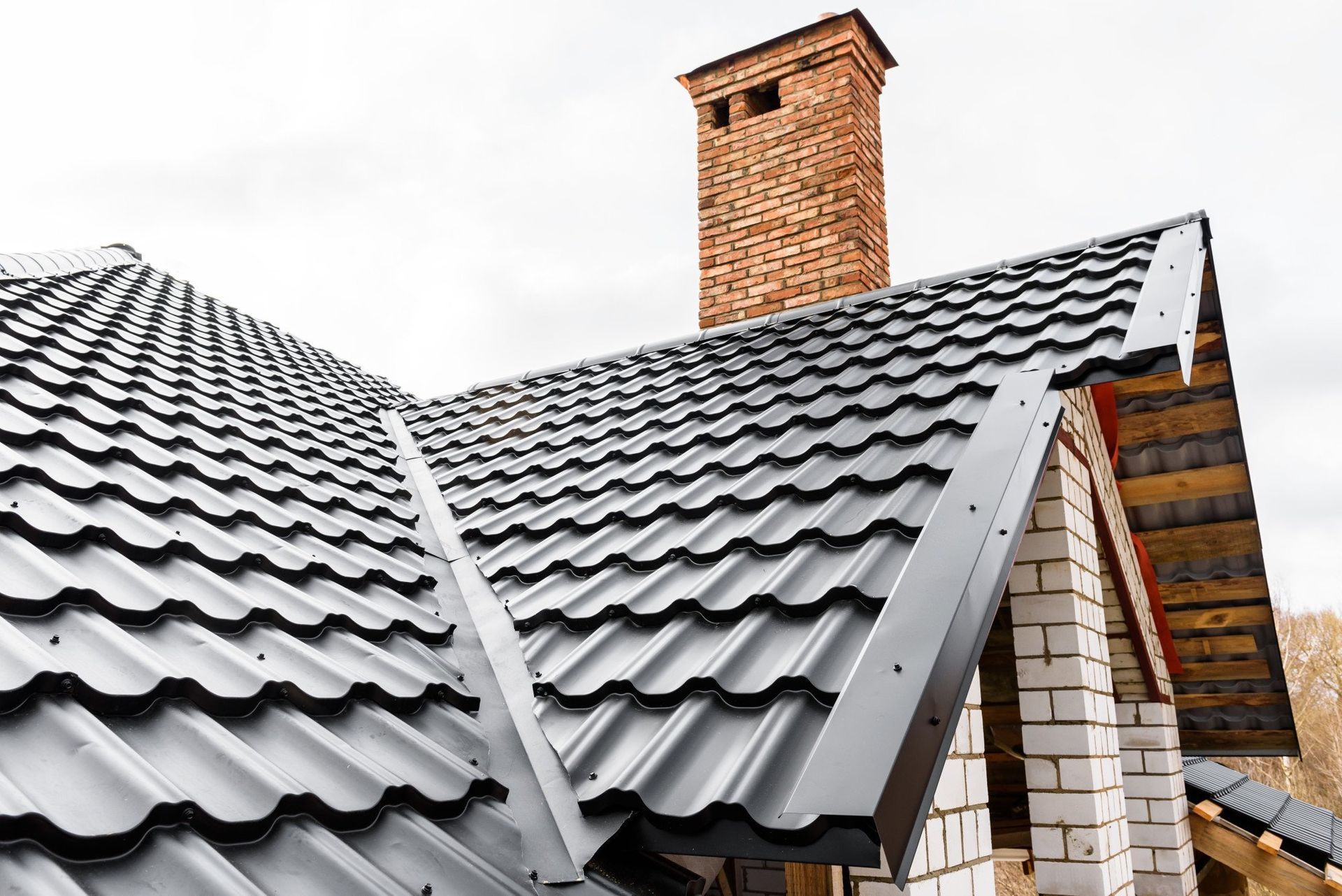
The popularity of metal roofing in Sacramento, CA, is on the rise, and for good reason. Metal roofs stand out as a smart investment with remarkable durability, energy efficiency, and sleek aesthetics.
In this guide, we simplify buying, installing, and inspecting metal roofs. Whether you're a seasoned homeowner or this is your first major home improvement project, you'll appreciate the clear, actionable information we've provided.
Join us as we talk about metal roofing, ensuring you make informed choices for a resilient, cost-effective, and attractive roof installation.
Taking the Mystery Out of Metal Roofing Materials
Metal roofs come in various materials, each offering unique features and benefits. Here's an overview of the most common metal roofing materials used in Sacramento roofing projects:
Steel
Steel is a robust and cost-effective choice. Homeowners prize steel for its durability and resistance to rust and corrosion. It's an excellent option if you're looking for longevity while staying within budget.
Aluminum
Lightweight and corrosion-resistant, aluminum is a good choice for areas with exposure to salt, such as coastal regions. While not directly exposed to ocean salt, Sacramento still experiences weather that can contribute to metal corrosion over time.
Copper
Copper stands out for its visual appeal. This metal is durable and low-maintenance. While it comes with a higher initial cost, its longevity and timeless appearance make it a premium choice for homeowners seeking a unique and elegant roofing solution.
Tin
Tin roofing, often referred to as terne, is a traditional and durable option. It consists of steel coated with a thin layer of tin and other alloys. The combination provides robust protection against the variable weather conditions in Sacramento.
Zinc
Zinc roofing also has a distinctive appearance and a long lifespan. A zinc roof could last for decades with the proper care. Zinc has self-healing properties, meaning it can naturally repair small scratches and imperfections.
Both tin and zinc develop a patina that can add to the visual appeal of a home.
Understanding the features and benefits of each material empowers you to choose a metal roof that stands the test of time and enhances the beauty of your home.
Considerations for Choosing Metal Roofing in Sacramento, CA
With so many different metals to choose from, selecting the ideal metal roof for your Sacramento home requires a thoughtful approach. In this section, we'll discuss key considerations that will help shape your decision.
First, let's talk about Sacramento's climate. It's characterized by hot, dry summers and cool, wet winters. You want a roofing material that can withstand temperature extremes. Most metal roofs have heat-reflective and corrosion-resistant properties, which help them combat the impact of extreme heat and heavy rains.
Your budget is a significant factor in the decision-making process. While steel and aluminum are cost-effective options, premium choices like copper and zinc may require a higher initial investment. The higher investment often pays off in the form of a longer lifespan.
Consider your long-term financial goals and weigh them against the immediate costs to find the perfect balance for your budget.
By carefully considering these factors, you'll not only choose a metal roof that suits the unique characteristics of your home but also aligns with your personal preferences and budget.
Next, we'll look at the panel profile, another consideration you'll need to make when choosing metal roofing materials.
Why Panel Profile Matters
A panel profile refers to the design and shape of the metal panels used to cover the roof. The panel profile plays an important role in determining the roof's appearance, functionality, and performance. Choices include standing seam, corrugated, and ribbed profiles.
The design of the panel profile influences several features of metal roofs, including:
- Water shedding and drainage
- Strength and durability
- Ease of installation
- Ventilation and insulation
When choosing a metal roof, it's essential to consider the panel profile that best suits your preferences, climate considerations, and performance expectations. Your metal roofing contractor is the best source to help you make the best choice.
Installing a Metal Roof: Professional vs. DIY
Starting a metal roof installation involves deciding between working with a professional metal roof installer or taking the DIY route. There are many advantages of hiring a professional, including:
Expertise
Professional installers have specialized knowledge and experience. It pays to make sure the job is done right the first time.
Efficiency
Trained crews can complete the installation more quickly and efficiently than a DIY enthusiast. Metal roofing installation requires a specific skill set. Most homeowners don't have experience with roofing or similar construction projects.
To do the job right, you'll spend a significant amount of time learning the process. You'll also need the right tools and equipment to complete the project.
Warranty Coverage
Professional installations usually come with warranties. Warranties provide peace of mind and protection against unexpected issues.
A DIY installation could void the manufacturer's warranty. At that point, the homeowner bears responsibility for repairs due to installation issues.
Weighing the expertise and efficiency of a professional installation against the hands-on approach of a DIY project allows homeowners to make informed decisions.
The Importance of Professional Inspections for Metal Roofs
Regular professional inspections are vital to the longevity and performance of your metal roof. Metal roofing contractors suggest annual inspections. However, after severe weather events, it's wise to schedule an immediate inspection.
Working with a professional roofing inspector means a comprehensive evaluation. Professionals identify subtle issues that may escape an untrained eye.
Professional inspections may uncover issues such as loose fasteners, damaged panels, or potential leaks. Swift action prevents further damage and preserves the integrity of your roof.
Garner Roofing Is Your Local Metal Roofing Expert
When you choose a metal roof, you choose durability, cost-effectiveness, and style. Now it's time to find a trusted partner with expertise in metal roofing in Sacramento, CA.
As a local veteran-owned business with over 30 years of experience, Garner Roofing, Inc. is a leading roofing contractor. We take pride in our A+ BBB rating and positive reviews given by our satisfied customers.
Contact us today for a free estimate and a roofing solution tailored to your unique roofing needs.
Metal Roofing Sacramento CA: Inspecting, Buying, and Installing
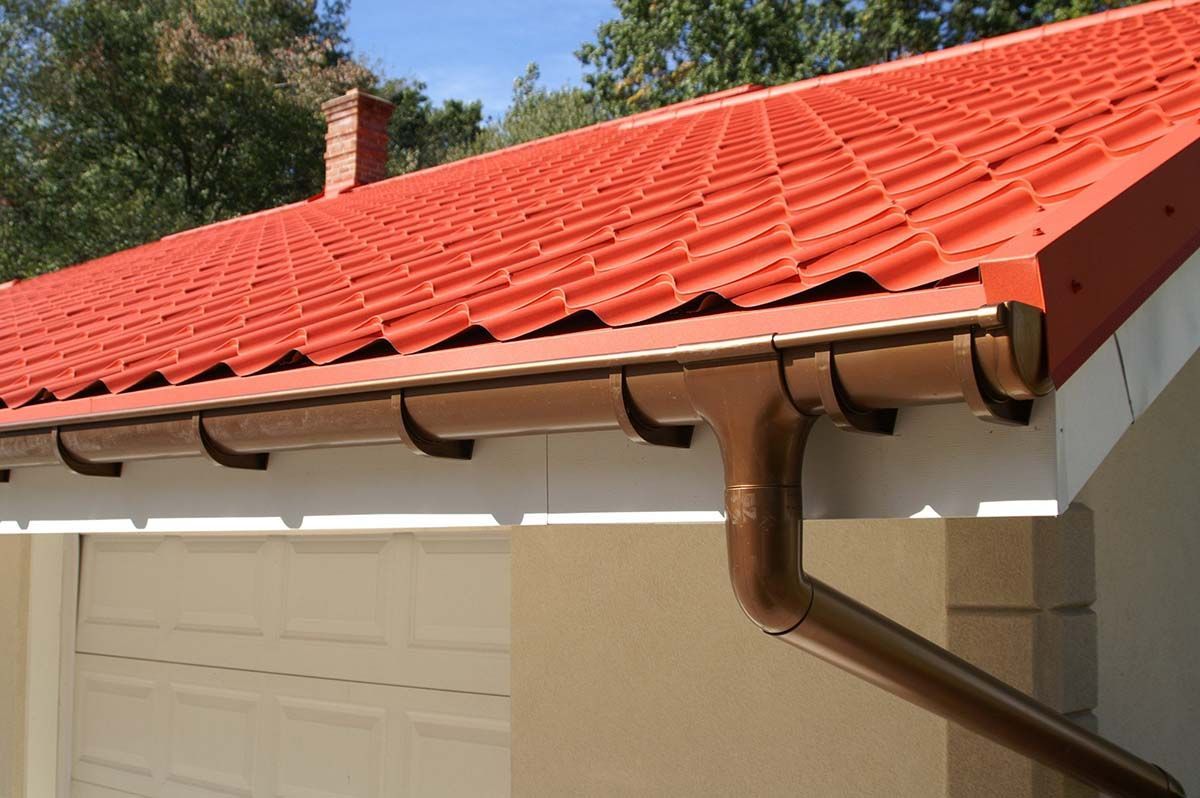
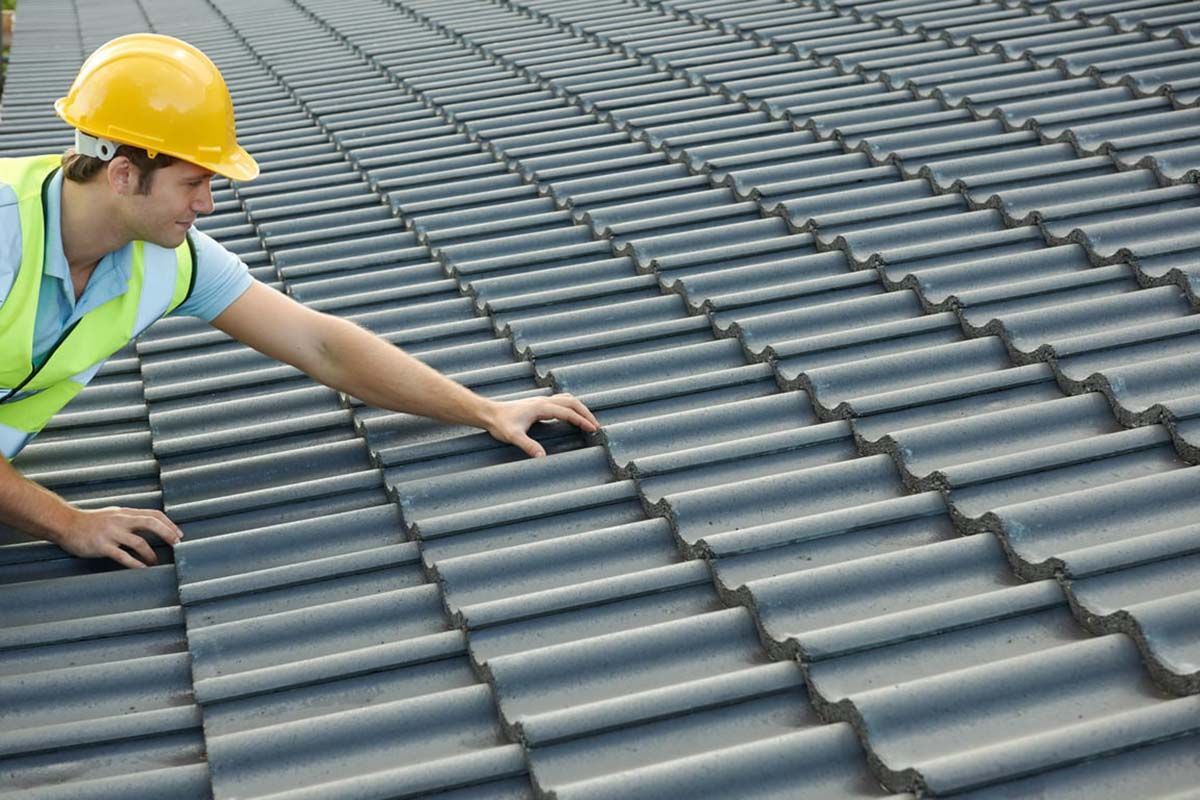
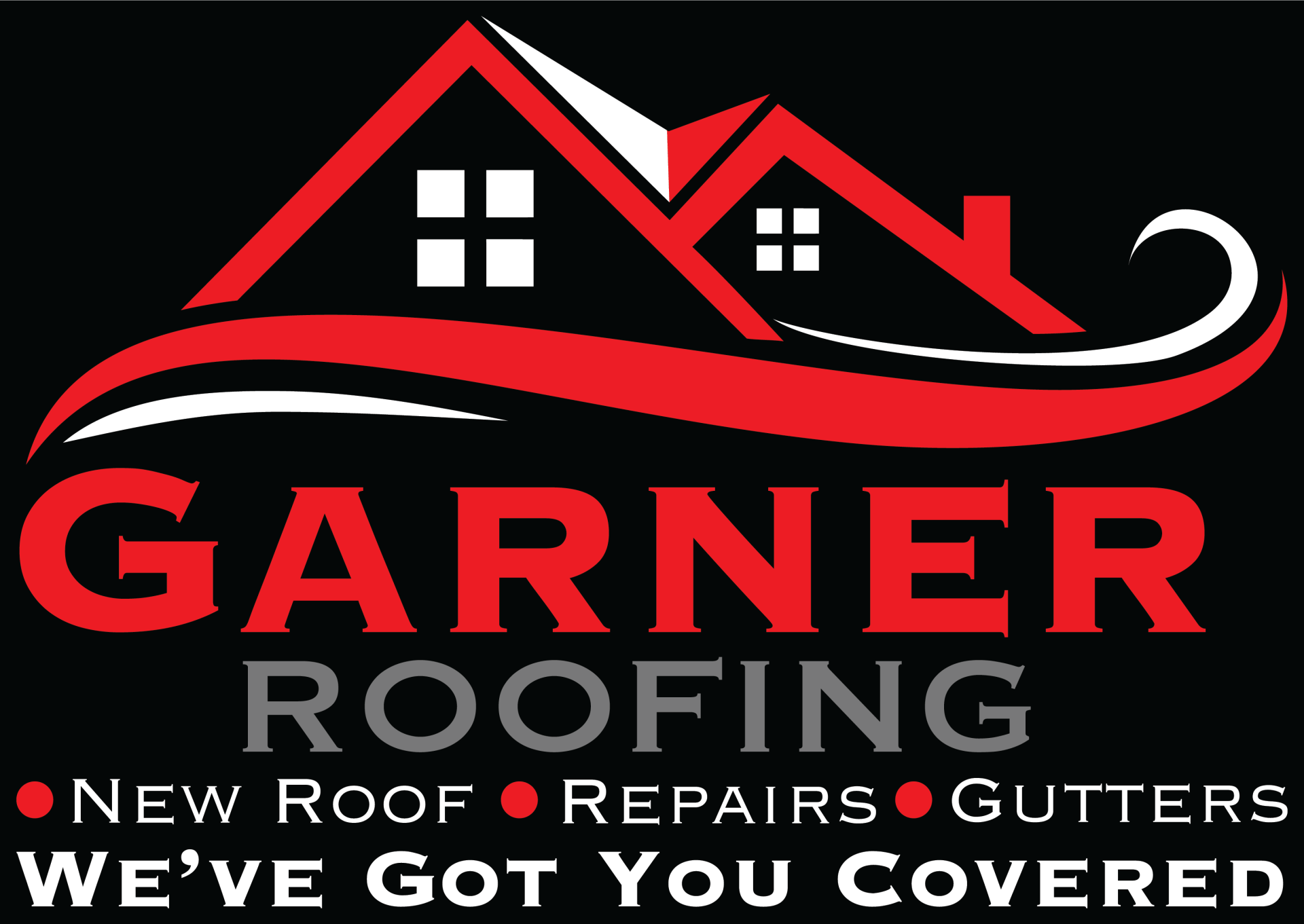
Hours:
Sunday - Closed
Monday - 8:00 am - 6:00 pm
Tuesday - 8:00 am - 6:00 pm
Wednesday - 8:00 am - 6:00 pm
Thursday - 8:00 am - 6:00 pm
Friday - 8:00 am - 6:00 pm
Saturday - 8:00 am - 4:00 pm
All Rights Reserved | Garner Roofing | Powered by Aletheia Digital
